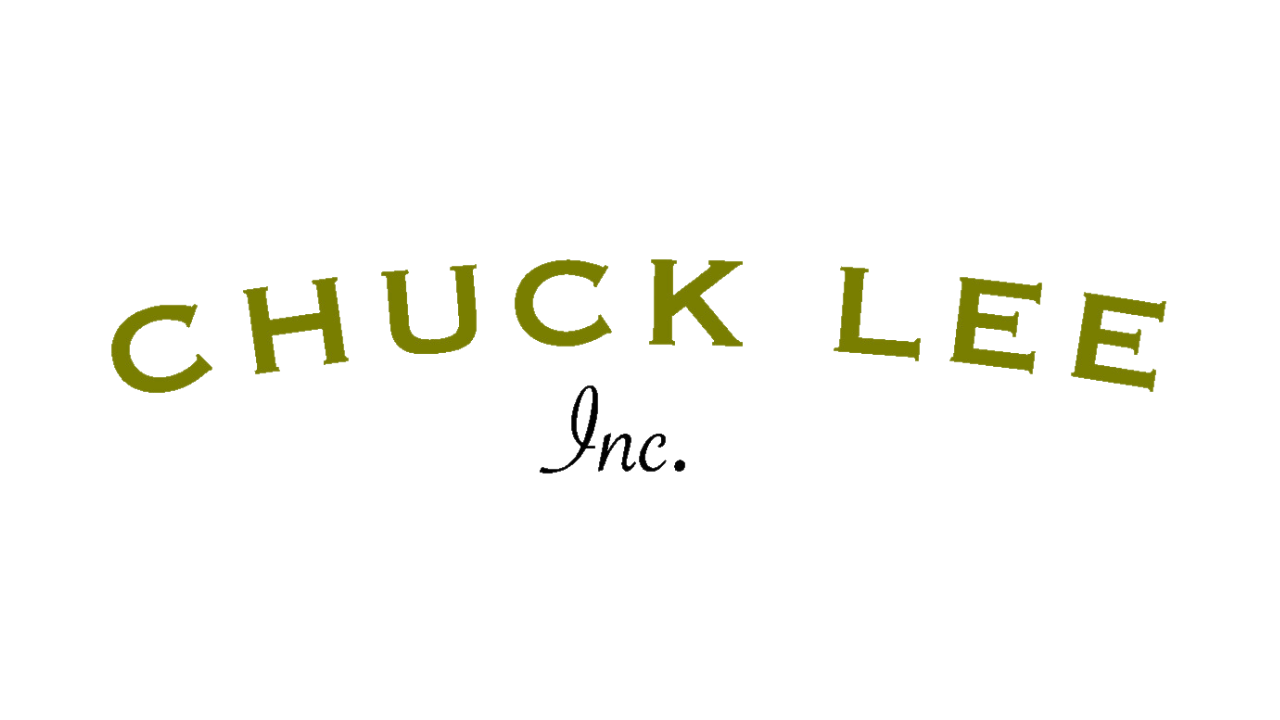Standard Features
Necks: Walnut, Cherry or Curly Maple.
Dowel Stick: Each banjo is made in the vintage style with a traditional dowel stick, in the same way a Fairbanks or old Vegas were made. We use traditional-style hardware with a square dowel tapered on three sides.
Scale Length: G-scale length is 25-1/2″, A-Scale length is 22-7/8″, C-Scale is 20-3/8”.
Truss Rod: The two-way truss rod is adjustable from the heel when the neck is off of the rim. All truss rod adjustments should be made by an experienced banjo repair shop or luthier.
Action Adjustment: At the heel, you will find an easy action height adjustment, this can be used without taking the neck from the rim or releasing string tension. If the U-Shaped dowel stick brace is loosened, the neck will adjust up and down a bit to remove the need for changing the bridge to adjust the action. Be careful not to overtighten the dowel stick neck brace.
Nut Width and Materials: Most banjos have a 1-3/8″ nut, some are 1-5/16″ and a few are 1-1/4″. There is a vintage scalloped bone nut at the peg head. The fifth string slot has been shortened to accommodate a round bone nut for the fifth string.
Fingerboards: On the Rose Hill model you will find Rosewood or non-Ebony fingerboards. On all other models, you will find an Ebony fingerboard, generally striped or variegated.
Overlays: The Rose Hill will have a matching Rosewood or non-ebony overlay. On models without inlay having an Ebony fingerboard, the overlay could be Ebony, Walnut, Curly Maple, Sycamore or other interesting, visually pleasing wood. On all models with inlay, the overlay will be Ebony.
Dots: All fretless models will be without side or fingerboard dots. The Rose Hill & Lone Star will have side dots. All other models will have side and fingerboard dots. All dots will be located at 3, two @ 7, 10 , two @ 12, & 15. The dots will be either Mother of Pearl or Abalone. The fingerboard dots will be our signature “offset from center” dots.
Tuners: Pegheds (planetary geared 4:1 violin style tuners) or Waverly tuners (Waverly geared 4:1 Nickle plated tuners will be paired with a right Nickel-plated angle 5th string tuner).
Inlay: The Rose Hill, Deep Hollow, Hawkins Spring, Cottonwood, and Belle Plain will be without inlay. The Lone Star will have a single star in the peg head. All other models will generally have the Man in the Moon Inlay. However, each model could possibly have an alternate inlay. For example, the Glen Rose could have a Yellow Rose instead of the Man in the Moon. The Lone Star may have a Mother of Pearl Star in place of the 3-D Star. Such alternate inlay may be used whenever we feel the need to shake things up a bit.
Rims: All models are available in 11” and 12” rims with the exception of the Bug Tussle which is only available in 11”. At times some models may be available in 8″, 10″, and 13″. Two-ply, ½” thick Maple stained black is standard. At times, Cherry or Walnut may be used. The rims range in height from 3″ to 3 1/4″ tall with 3 ¼” being more common. At times 1/4″ thick single-ply rims may be used.
Heads: All heads are Renaissance Heads (Elite Amber is the same head branded by Steward-McDonald) with the exception of the Hawkins Spring model which has a natural skin head as standard. At times calf or goat heads may be used on any model.
Tone Rings: Our goal is to offer as many of the currently available tone rings as possible. These include: integral Wood, Brass Hoop, Dobson, Electric (aka Whyte Laydie, Whyte Laydie has the scallop hoop points up, the Electric has points down. Your choice), Ebony (and other exotic woods), Tuba-Phone, Bacon and the Silver Bell.
Hardware: Nickel-plated Ball end nuts, Shoes, Hooks, Tension Hoops, and No-Knot tailpiece. Black screws and washers. Unplated brass hardware may be used at times on some models.
Cases: When a hardshell case is used, a Chuck Lee banjo should always be in an Arch-Top professional quality case.
Artist Eyes: Each banjo has some unique features. It may be common for a model to have a blackened pot but some may come through with natural woods or different stains. Some necks are natural and some stained. The inlay may be different in some way like color, application, quantity, and design. As an artist, I don’t prefer to do the same thing over and over. If the banjo project seems to want to be different, I change it, it is who I am.
Exceptions: Due to material availability, brand names, head types and such may change without notice. We will always strive to give you the best components available. Prices are subject to change without notice. There is no price reduction for the deletion of standard features on our regular production models.
